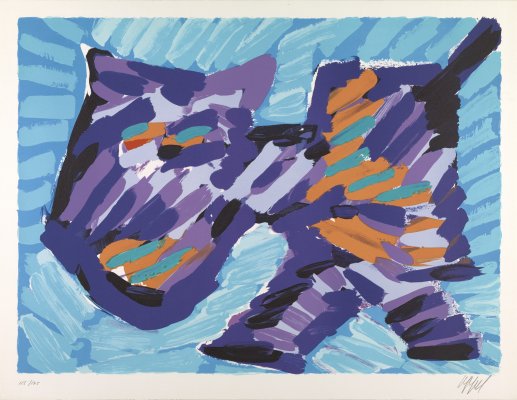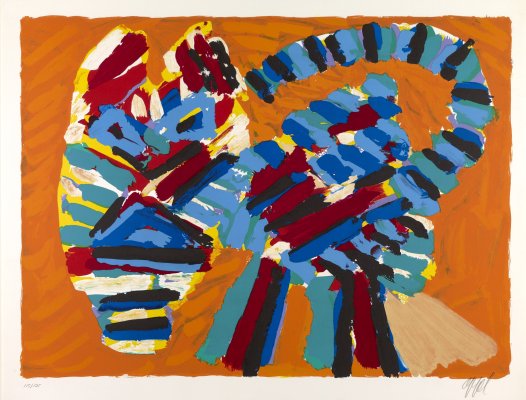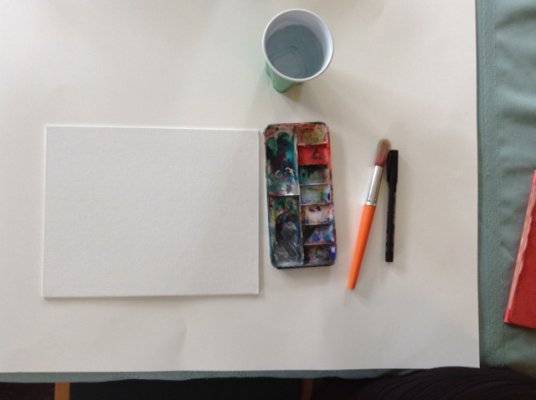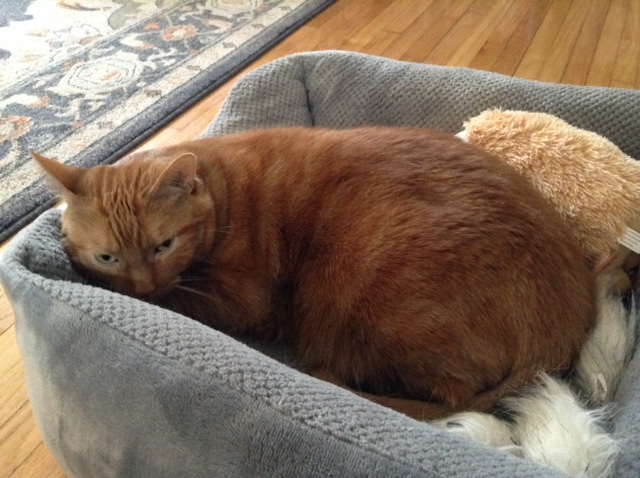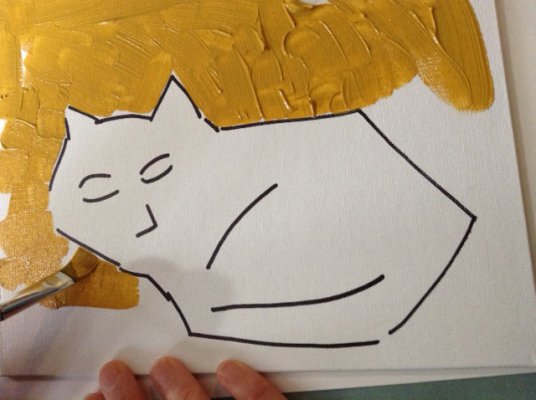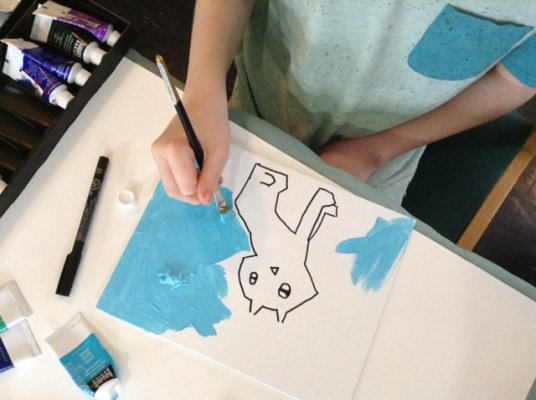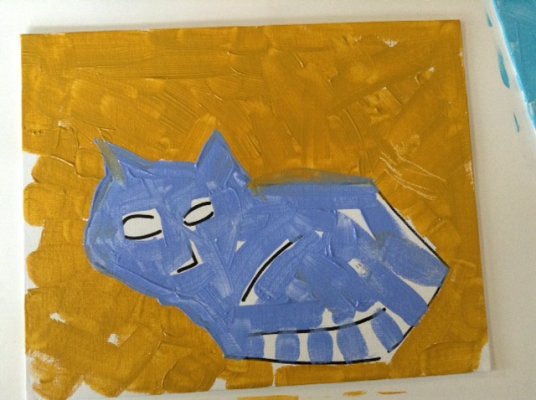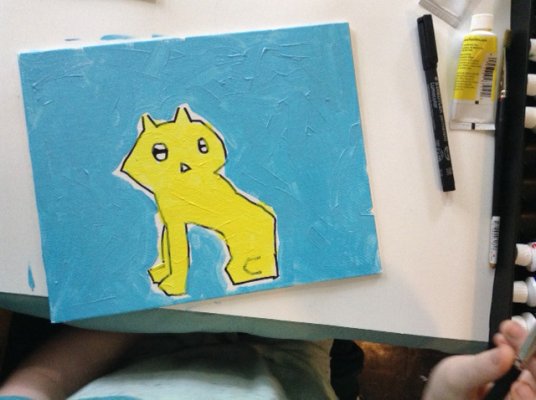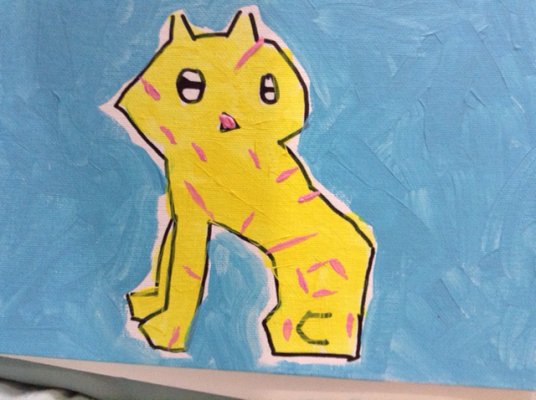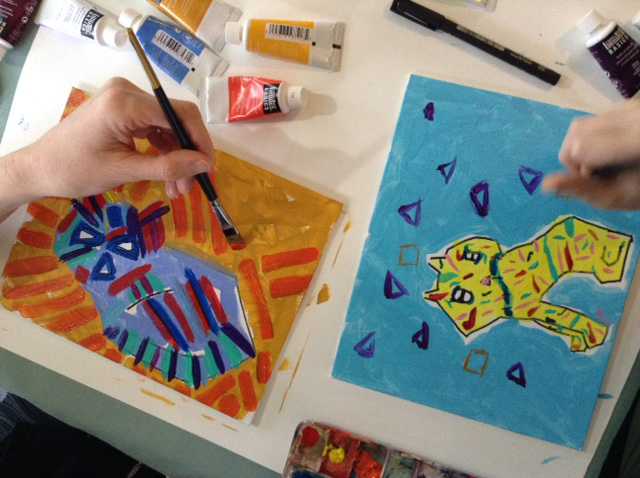Optional: Share your creation on Twitter or Instagram with #AKBeyondWalls and #MuseumFromHome!
Vocabulary
Portrait: a painting, drawing, photograph, or engraving of a person
Brushstroke: mark made by a paintbrush across a surface
Formality: in art sticking to a set of rules, methods, or process of working with materials
Dynamic: characterized by constant change, activity, or progress
Abstract: nonrepresentational, nonrealistic in nature
Background: the area or scenery behind the main object of an image
